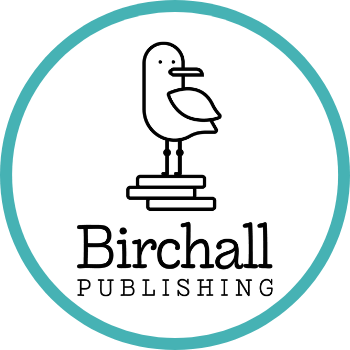Learning and Development in the Preschool Years
The years from birth through age five are a critical time for a child’s development and learning. Early childhood educators understand that at home and in early childhood education settings, young children learn important skills that can provide them with the cornerstones needed for the development of later academic skills.
Research confirms that patterns of learning in preschool are closely linked to later achievement: children who develop more skills in the preschool years perform better in the primary grades. The development of early skills appears to be particularly important in the area of literacy.
It’s estimated that more than a third of all American fourth graders (and an even higher percentage of our at-risk students) read so poorly that they cannot complete their schoolwork successfully. Providing young children with the critical precursor skills to reading can offer a path to improving overall achievement.
Connection between Early Literacy Skills and How Children Learn to Be Readers, Writers, and Spellers
Early literacy skills have a clear and consistently strong relationship with later conventional literacy skills, such as decoding, oral reading, fluency, reading comprehension, writing, and spelling.
Even before children start school, they can become aware of systematic patterns of sounds in spoken language, manipulate sounds in words, recognize words and break them apart into smaller units, learn the relationship between sounds and letters, and build their oral language and vocabulary skills.
These are all skills that the National Early Literacy Panel found to be precursors to children’s later growth in the ability to decode and comprehend text, to write, and to spell.
Although there is evidence of a link between early literacy and later developing literacy skills, some early literacy skills appear to be more important than others.
The strongest and most consistent predictors of later literacy development are alphabet knowledge, phonological awareness and memory, rapid automatized naming of letters and objects, and writing letters.
There are other early foundational skills that also can make a difference in getting children ready for the next step…for learning how to read.
Early Predictors of Later Conventional Literacy Skills
Here are the early literacy skills that the National Early Literacy Panel found to be most important for the later development of literacy skills such as decoding, oral reading fluency, reading comprehension, writing, and spelling.
Strong and Consistent Predictors
Knowing the names of printed letters
Being able to label letters correctly, e.g., that ‘F’ is the letter called “eff ”
Knowing the sounds associated with printed letters
Understanding that the sound /f/ goes with the letter ‘F’
Being able to manipulate the sounds of spoken language—breaking words apart into smaller sound units such as syllables or phonemes, adding or deleting sound units
Understanding that the word bulldozer is made up of 3 syllables, ‘bull’, ‘doz’, and ‘er’
Or, knowing that If you take away the /j/ sound from the word change, you get the word chain
Being able to write one’s own name or even isolated letters
Being able to put one’s own name on a drawing
Or, being able to correctly write letters that are shown on a set of word cards
Being able to remember the content of spoken language for a short time
Being able to remember simple, multi-step instructions from the teacher about getting ready for outdoor time (e.g., clean-up table, put materials on shelf, stand in line at the door)
Or, being able to remember earlier parts of a story read aloud to make sense of later parts of the story
Moderate Predictors
Knowing some of the conventions of English print, including how to use a book or other printed materials
Understanding that print is read and written from left to right, top to bottom
Or, knowing the difference between the front and back of a book and that books are read from front to back
Being able to recognize and identify environmental print
Being able to decode or read common signs and logos
Or, being able to identify product or company names for common products or establishments (e.g., “Coke,” “McDonald’s”)
Knowing how to put concepts, thoughts, and ideas into spoken words, and understanding other people when they talk
Having the vocabulary to be able to talk about interesting topics such as insects, dinosaurs, or weather
Or, being able to have a conversation and be understood because you know the correct word order (the subject of the sentence usually comes first), the correct form of verbs to indicate things in the past
Being able to see similarities and differences between visual symbols, i.e., visual processing
Knowing that capital letters are different from lowercase letters
Or, being able to pick out a picture of a stop sign from among a set of pictures including other road signs with other shapes

